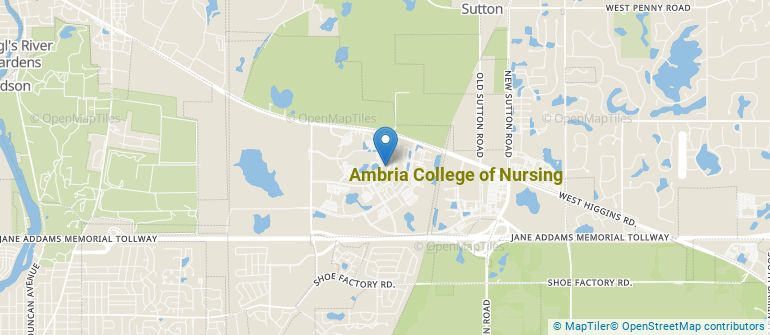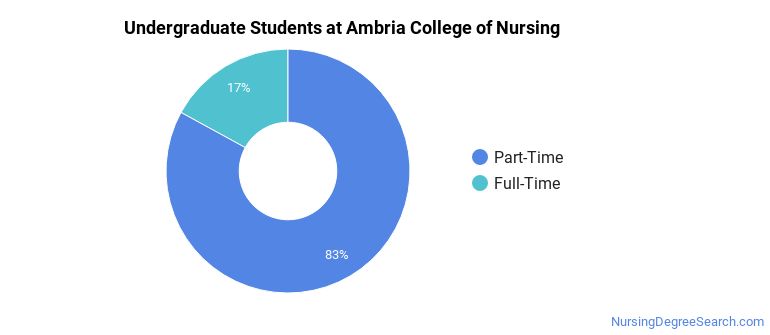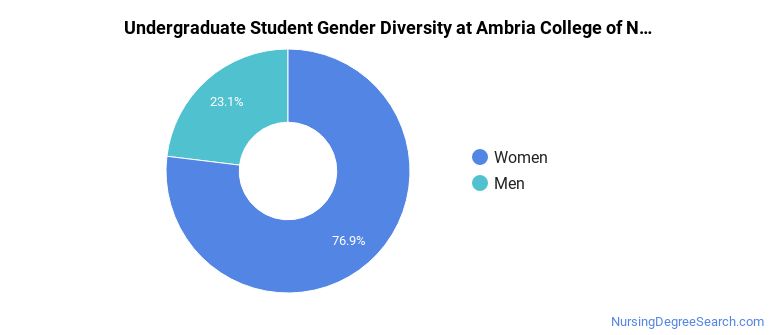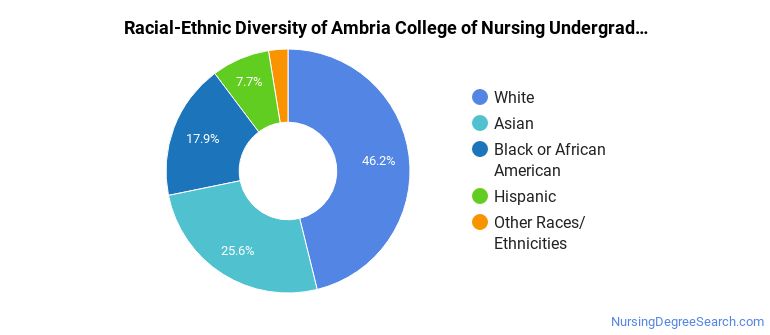Ambria College of Nursing Nursing Programs
Ambria College of Nursing is a private for-profit institution located in Hoffman Estates, Illinois. Hoffman Estates is considered a suburb and offers tranquility and safety near the excitement of a city center.
Where Is Ambria College of Nursing?

Contact details for Ambria College of Nursing are given below.
| Contact Details | |
|---|---|
| Address: | 5210 Trillium Blvd, Hoffman Estates, IL 60192 |
| Phone: | 847-397-0300 |
| Website: | ambria.edu |
How Do I Get Into Ambria College of Nursing?
You can apply to Ambria College of Nursing online at: ambria.edu/Admissions/OnlineAdmission/tabid/250/Default.aspx/tabid/250/Default.aspx
Can I Afford Ambria College of Nursing?
Student Loan Debt
It's not uncommon for college students to take out loans to pay for school. In fact, almost 66% of students nationwide depend at least partially on loans. At Ambria College of Nursing, approximately 50% of students took out student loans averaging $2,750 a year. That adds up to $11,000 over four years for those students.
Ambria College of Nursing Undergraduate Student Diversity

Gender Diversity
Of the 39 full-time undergraduates at Ambria College of Nursing, 23% are male and 77% are female.

Racial-Ethnic Diversity
The racial-ethnic breakdown of Ambria College of Nursing students is as follows.

| Race/Ethnicity | Number of Grads |
|---|---|
| Asian | 10 |
| Black or African American | 7 |
| Hispanic or Latino | 3 |
| White | 18 |
| International Students | 0 |
| Other Races/Ethnicities | 1 |
Ambria College of Nursing Nursing Concentrations
The table below shows the number of awards for each concentration.
| Major | Associate’s | Undergraduate Certificate | TOTAL |
|---|---|---|---|
| Registered Nursing | 48 | 0 | 48 |
| Licensed Practical/Vocational Nurse Training | 0 | 29 | 29 |
| Other Registered Nursing, Nursing Administration, Nursing Research and Clinical Nursing | 0 | 0 | 0 |
| TOTAL | 48 | 29 | 77 |
References
*The racial-ethnic minorities count is calculated by taking the total number of students and subtracting white students, international students, and students whose race/ethnicity was unknown. This number is then divided by the total number of students at the school to obtain the racial-ethnic minorities percentage.
More about our data sources and methodologies.
